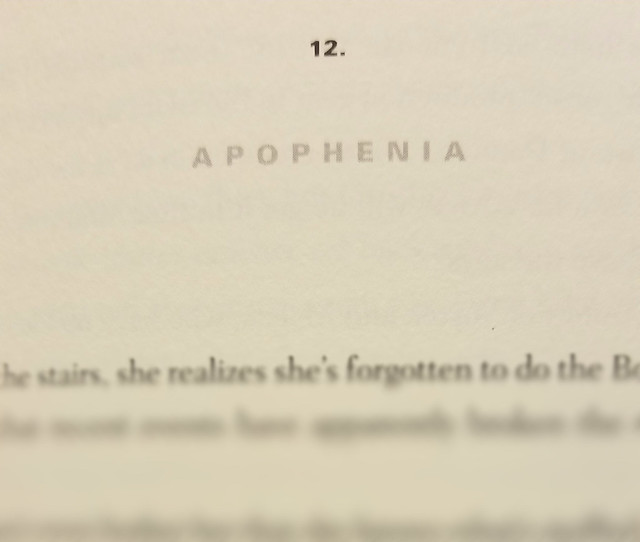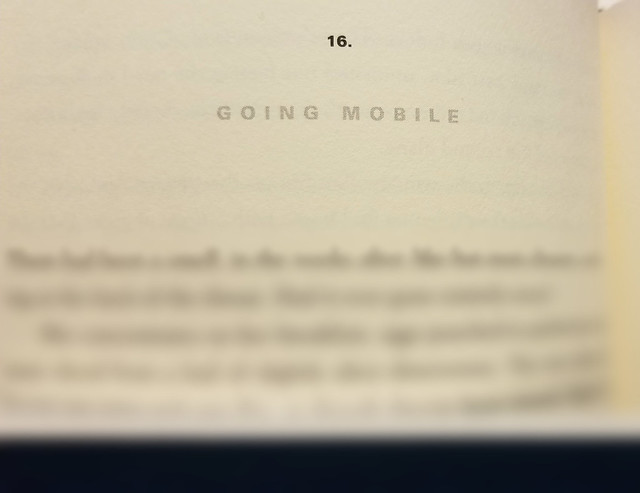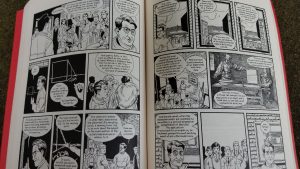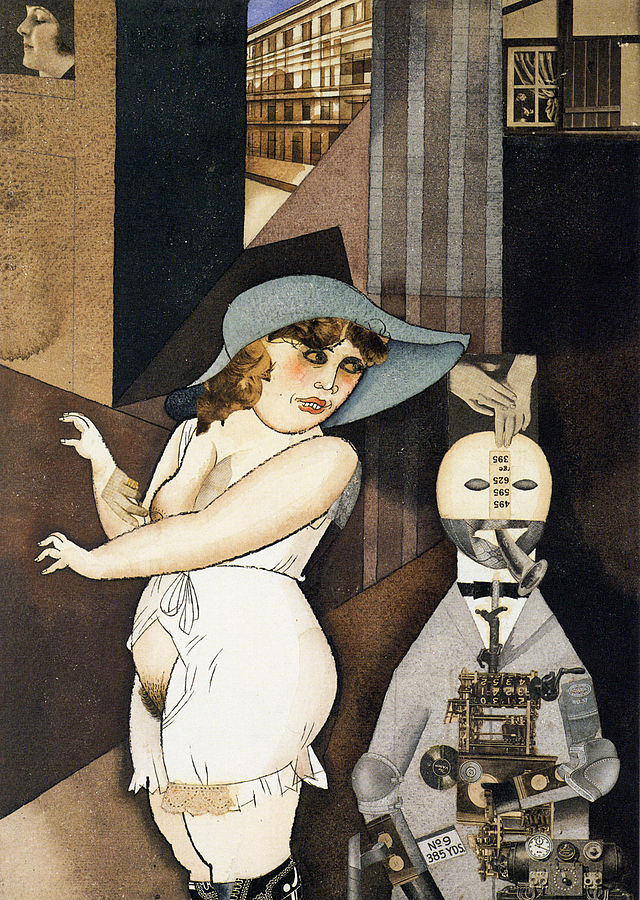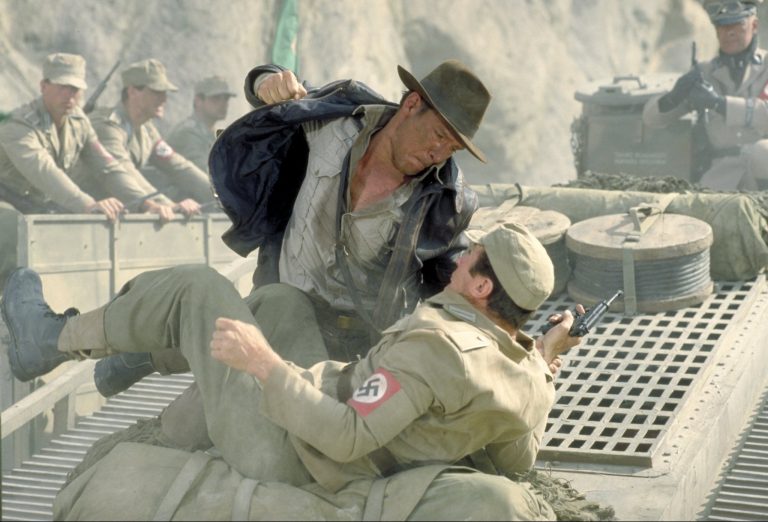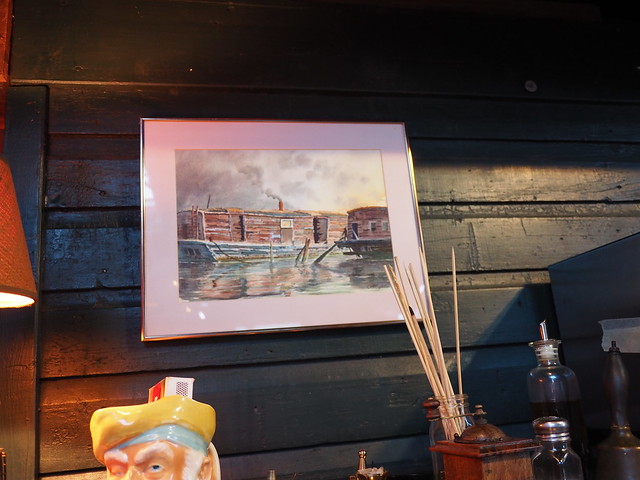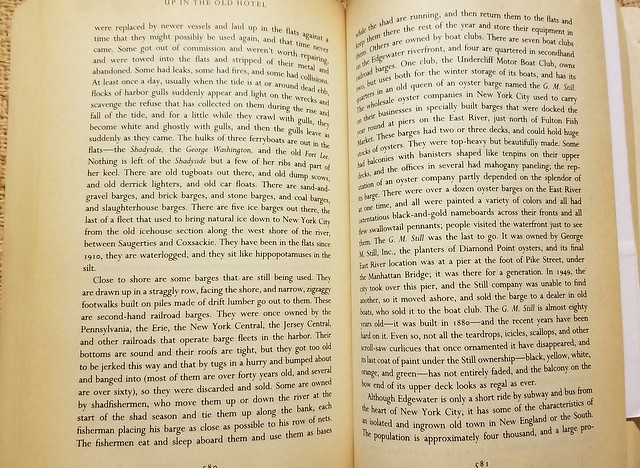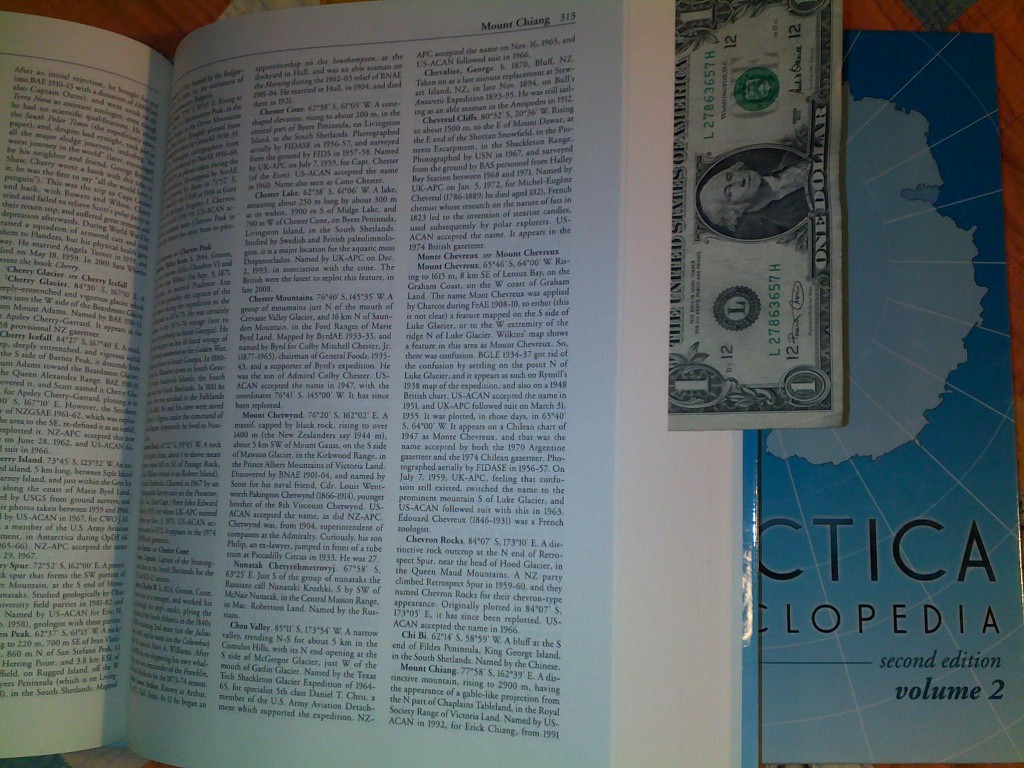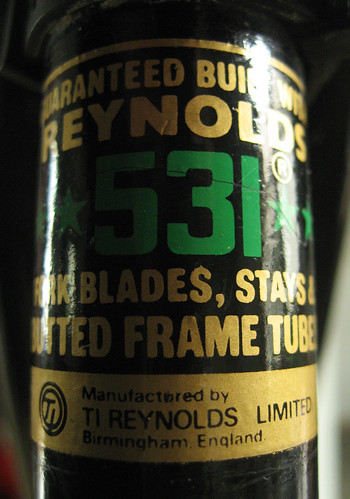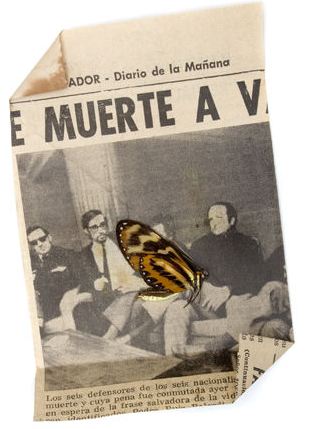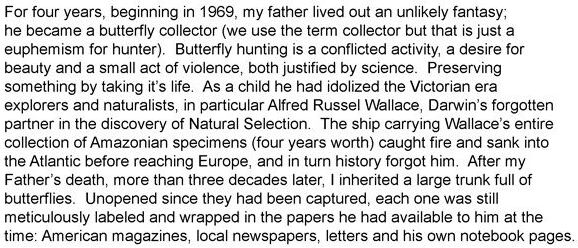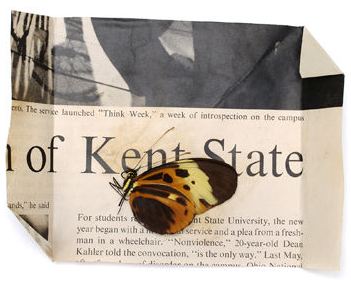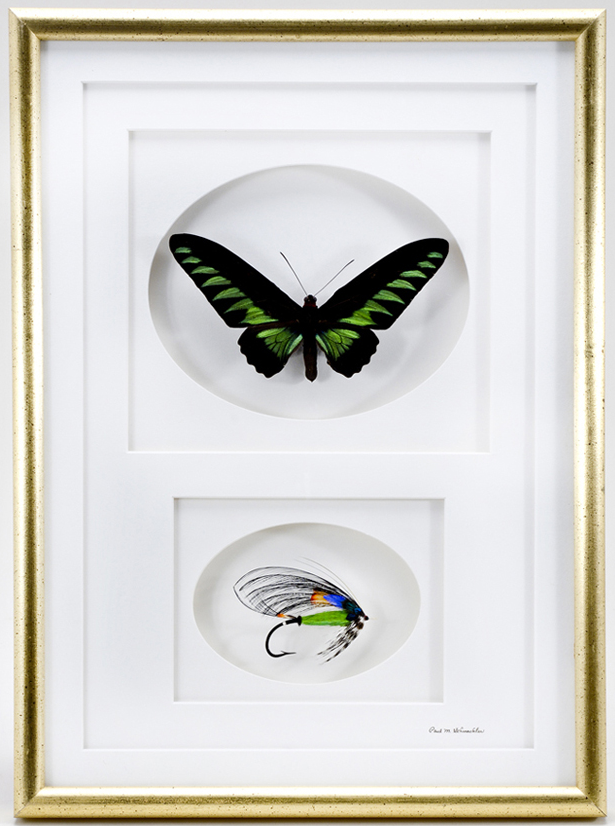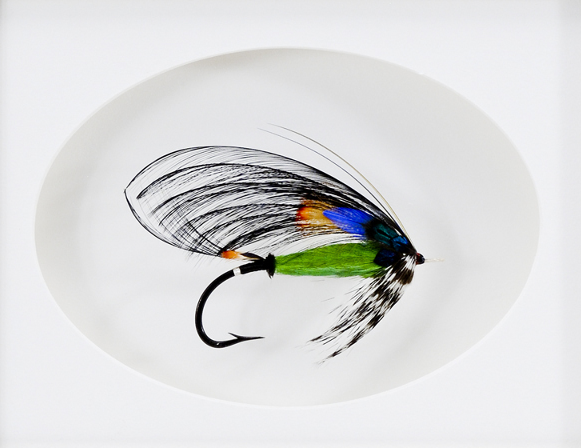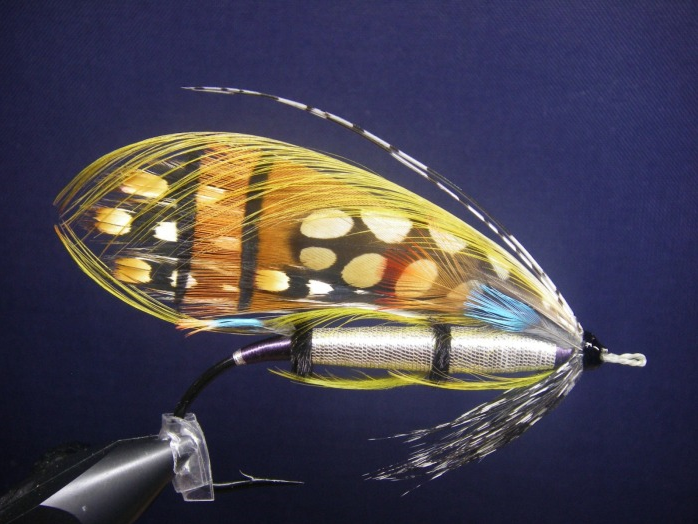After returning to Los Angeles from Monterey, while packing up for the trip east, I took a ride to a favorite bookstore: Skylight Books. I wanted to pick up the most recent couple issues of Desert Oracle (magazine form) – done. A book in the window caught my eye – Erik Davis‘ High Weirdness.
A study of the spiritual provocations to be found in the work of Philip K. Dick, Terence McKenna, and Robert Anton Wilson, High Weirdness charts the emergence of a new psychedelic spirituality that arose from the American counterculture of the 1970s. These three authors changed the way millions of readers thought, dreamed, and experienced reality—but how did their writings reflect, as well as shape, the seismic cultural shifts taking place in America?*
Hell yes; an instant add to the notional shopping cart.
Fast forward to a few days ago. I’m well into the book and enjoying the heck out of it when this pops up in my Instagram feed:
Where am I at this point? Gowanus, about a 30 minute stroll from Green-Wood Cemetery, visiting K, S and son L. Of course I went, bringing Hign Weirdness with me for signing. The talk was excellent: some time situating the early 70’s moment and then an exploration of Philip K. Dick’s religious experiences. Afterwards, while getting the book signed, I told Dr. Davis about buying the book in L.A. while looking for Desert Oracle (“Oh, at Skylight?” *grin*) and then seeing the Insta post about his talk. We agreed that Desert Oracle is great as are coincidences and then I set off back to the Scriptorium (with a stop to admire a huge Monk Parrot nest at the cemetery gate).
The next day I packed up and returned to Maine. I refreshed my podcast feed in preparation and once in the car (after a bit of Downtown Soulville to sing me out of the city) I went to cue up some, yes, Desert Oracle Radio. What’s this?? An ep titled High Weirdness??? Hell yeah!
Third major bit of linkage achieved! Given the source of the coincidences, it’s tempting to ascribe some higher meaning to this run, but I have to put it down to living in an incredibly interconnected community. I’m 1 or 2 degrees of separation (depending on whether or not you want to link me directly to Josh Glenn) from both Ken Layne and Erik Davis; that I’d run across both IRL and online as Dr. Davis is doing a book tour is not especially surprising – but it’s wicked cool regardless!






